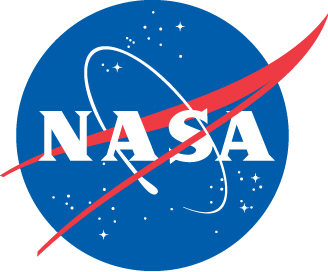Introduction to Modules and Activities
Welcome to the Exploring the Environment - Global Climate Change Modules!
The Center for Educational Technologies at Wheeling Jesuit University has developed new global climate change problem-based learning modules through a cooperative agreement with NASA. The Exploring the Environment—Global Climate Change modules are comprehensive educational activities designed to increase high school students’ knowledge of climate change science and the issues surrounding the complex interactions of Earth’s physical and biological spheres. The modules are a perfect fit for integrated biology courses, environmental science classes, and related courses, such as ecology and social studies, that want to address the sociopolitical issues of climate change.
Each module contains a scenario that defines student tasks, background information and readings to provide students with scientific understanding, featured data to start students on their analysis of data, and key resources that guide students to reliable sources for added research information.
The new problem-based learning activities allow students to practice their critical thinking and problem-solving skills, using the scientific method to investigate real world global climate change situations.
The modules offer teachers various implementation options depending on grade level (9-12) and class scheduling. For example, the Global Temperatures, Biodiversity, Human Health Effects, and Ice Caps and Sea Levels modules use a similar scenario—students take on the role of scientists returning from months in the field researching and collecting data on global climate change. They are called upon to present a special report to an international panel on climate change, detailing their findings and drawing conclusions about their specific field of investigation. They are expected to support their conclusions with data and research.
The Drought and Volcanoes modules take a different approach to their scenarios. The Drought scenario encourages students to explore how weather and climate science and data collection differ, yet intercept. The Volcanoes scenario guides students to analyze and assess the complex role that volcanoes can play in impacting climate-level changes. We encourage teachers to reflect on the different approaches and choose the format that best fits their classroom needs.
One option is to assign students in one class to teams, with each team investigating a different module—Human Health Effects, Global Temperatures, Ice Caps and Sea Levels, or Biodiversity. Another option is assigning the modules to separate classes. For example, if there are multiple classes of ecology or integrated science studying a unit on the environment, each class can analyze one of the module’s topics. At the end of the unit, teams can present their results to other classes by poster displays, PowerPoint presentations, or in an environmental summit presented to the school.
We hope you find the site engaging and informative. Our goal is threefold: engage students in exploration of global climate science topics, facilitate integration of NASA climate satellite images and data sets, and assist teachers in delivering effective, engaging materials that increase students’ climate literacy, critical thinking skills, and interest in science careers.
We want to know what you think. If you have feedback or questions on the Exploring the Environment—Global Climate Change materials or this site in general, please let us know.
Manetta Calinger, lead curriculum writer: mcalinger@cet.edu
Laurie Ruberg, Ph.D., principal investigator: lruberg@cet.edu



